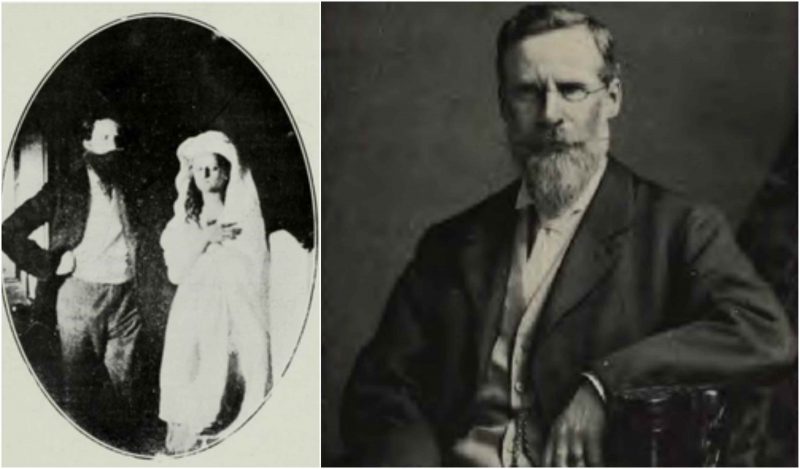William Crookes was born in 1832 and was one of the brilliant minds of his time. He studied at the Royal College of Chemistry in London and even without a graduate degree he became one of the greatest inventors and scientists of the 19th century.
In 1854, he became superintendent of the Meteorological Department at Radcliffe Observatory, Oxford, and in 1863 became an Elected Fellow of the Royal Society.
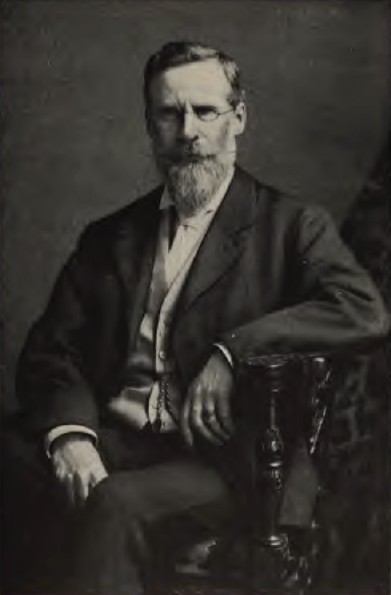
From 1850 until 1854 he worked as an assistant in the college. In 1855 he became a lecturer in chemistry at the Chester Diocesan Training College.
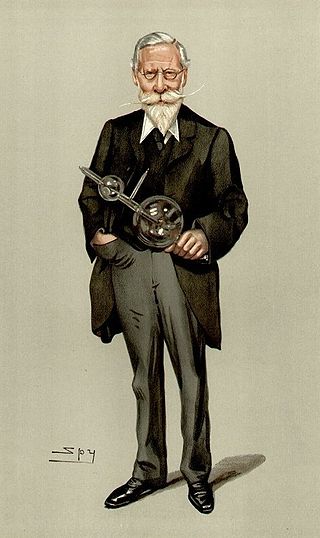
Crookes discovered the element thallium in 1861, with the help of spectroscopy, and he also used wax paper photography to improve the work of the machines built by Francis Ronalds for continuous measurements of meteorological parameters.
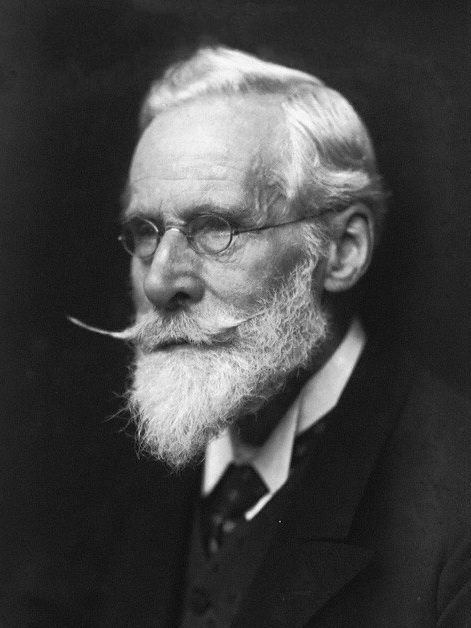
He inherited a fortune from his father and was able to dedicate his time to independent research.
So, after 1856 he spent his time mostly in his laboratory, where for a long time he studied and investigated cathode rays, and came up with a few inventions based on the subject.
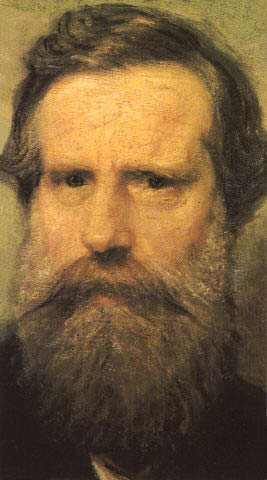
While studying the conduction of electricity in low-pressure gasses, Crooks concluded that the negative electrode (cathode) emits rays (“cathode rays” or more known as a stream of free electrons) in lower pressure.
This research led him to construct one of the first vacuum tubes – the Crooks tube.
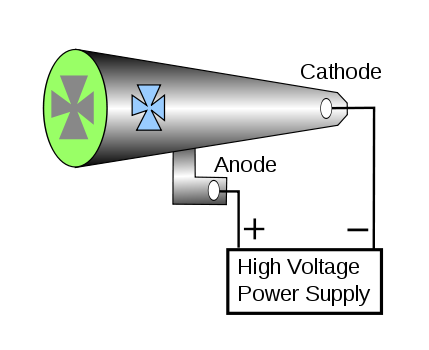
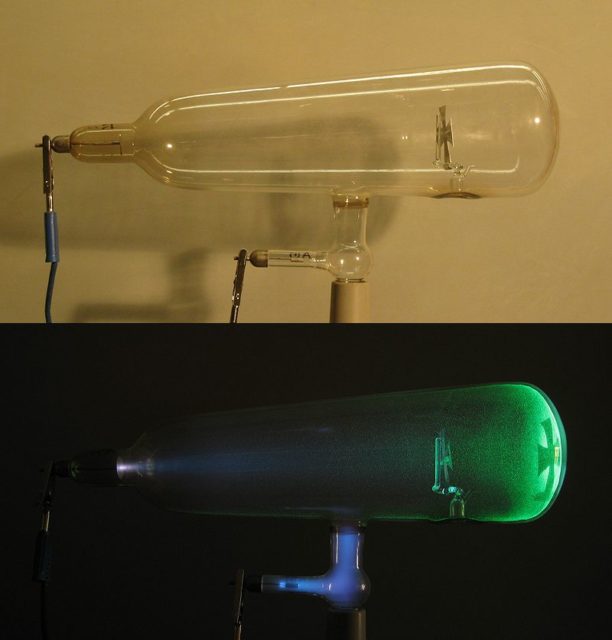
During his investigations on thallium, Crooks came up with a by-product of his work – the Crooks radiometer.
He was weighing samples in a partially evacuated chamber to reduce the effect of air currents and noticed the weighings were disturbed when sunlight shone on the balance.
Investigating this effect, he created the device named after him.
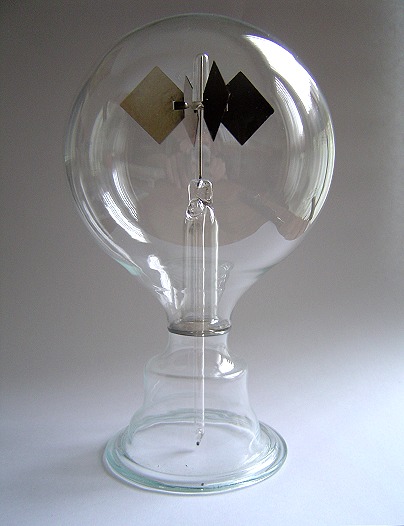
Crooks made numerous discoveries and contributed significantly to science, especially physics and chemistry.
He identified the first known sample of helium in 1895, and he constructed the spinthariscope – one of the first instruments for the study of nuclear radioactivity.
Privately, Crooks was married and had four children and a younger brother, Philip.
After the sudden death of his brother in 1867, Crooks started to attend seances by mediums in order to communicate with his brother. He got deeply involved with Spiritualism and met a number of people who claimed to be mediums.
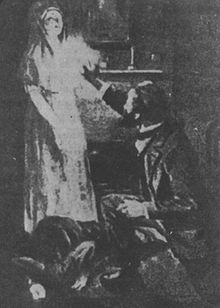
Later, he even investigated some of them. He concluded that some of them, such as Kate Fox, Florence Cook (Katie King), and Daniel Dunglas Home could produce genuine paranormal phenomena and had the ability to communicate with spirits.
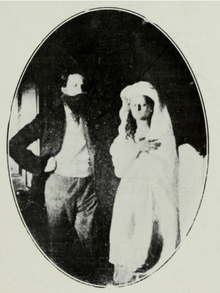
The thing is that Crooks wanted to believe in the existence of supernatural powers which made him soft to critique and blinded him to the tricks.
In 1875, the medium Anna Eva Fay confessed her fraud to Crooks and even revealed the tricks she used.
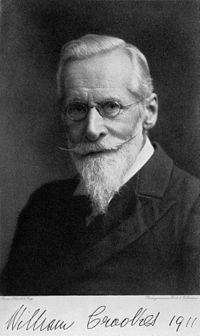
However, Crooks joined the Society for Psychical Research and became its president in the 1890s.
Later he also joined the Theosophical Society and the Ghost Club where he held the position of a president from 1907 to 1912.
In 1890 he was initiated into the Hermetic Order of the Golden Dawn.
